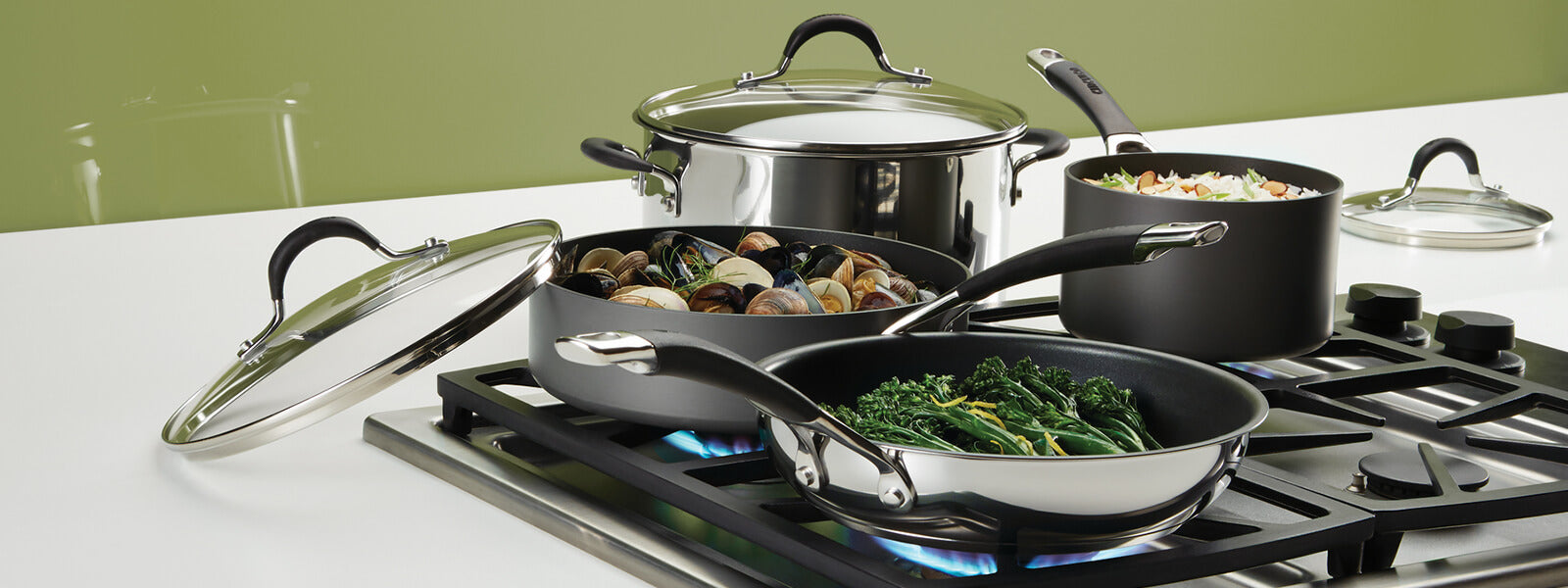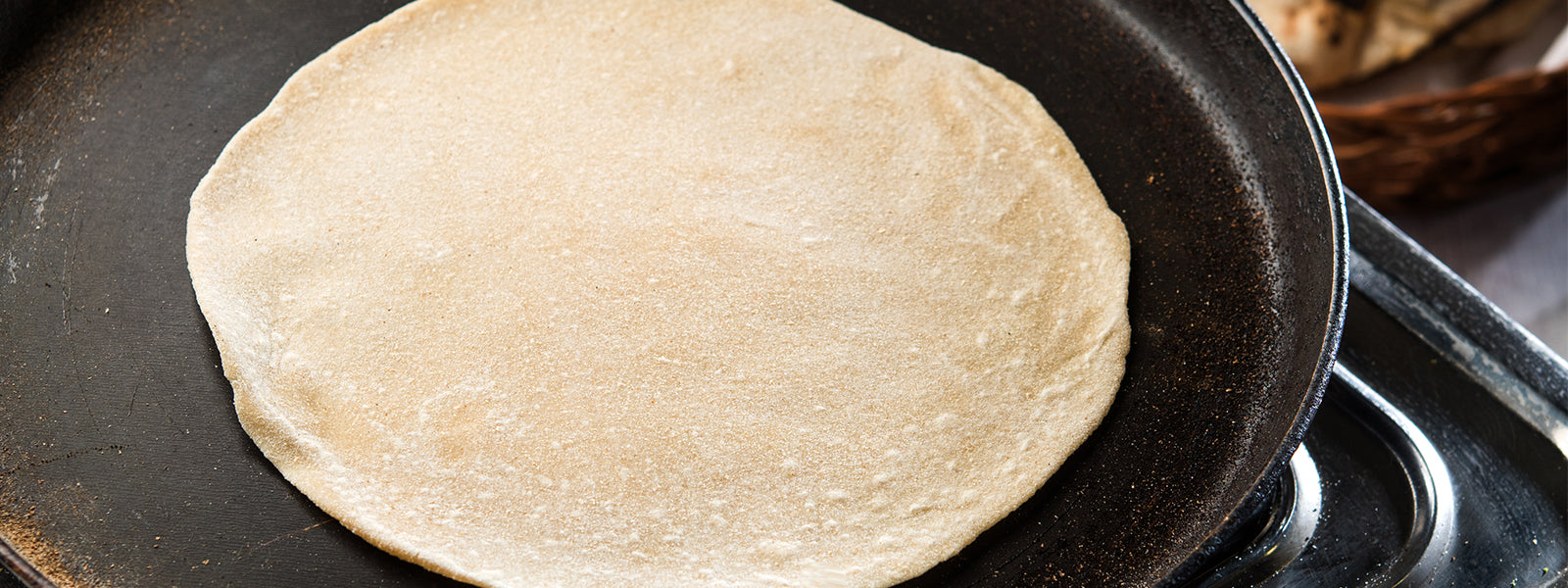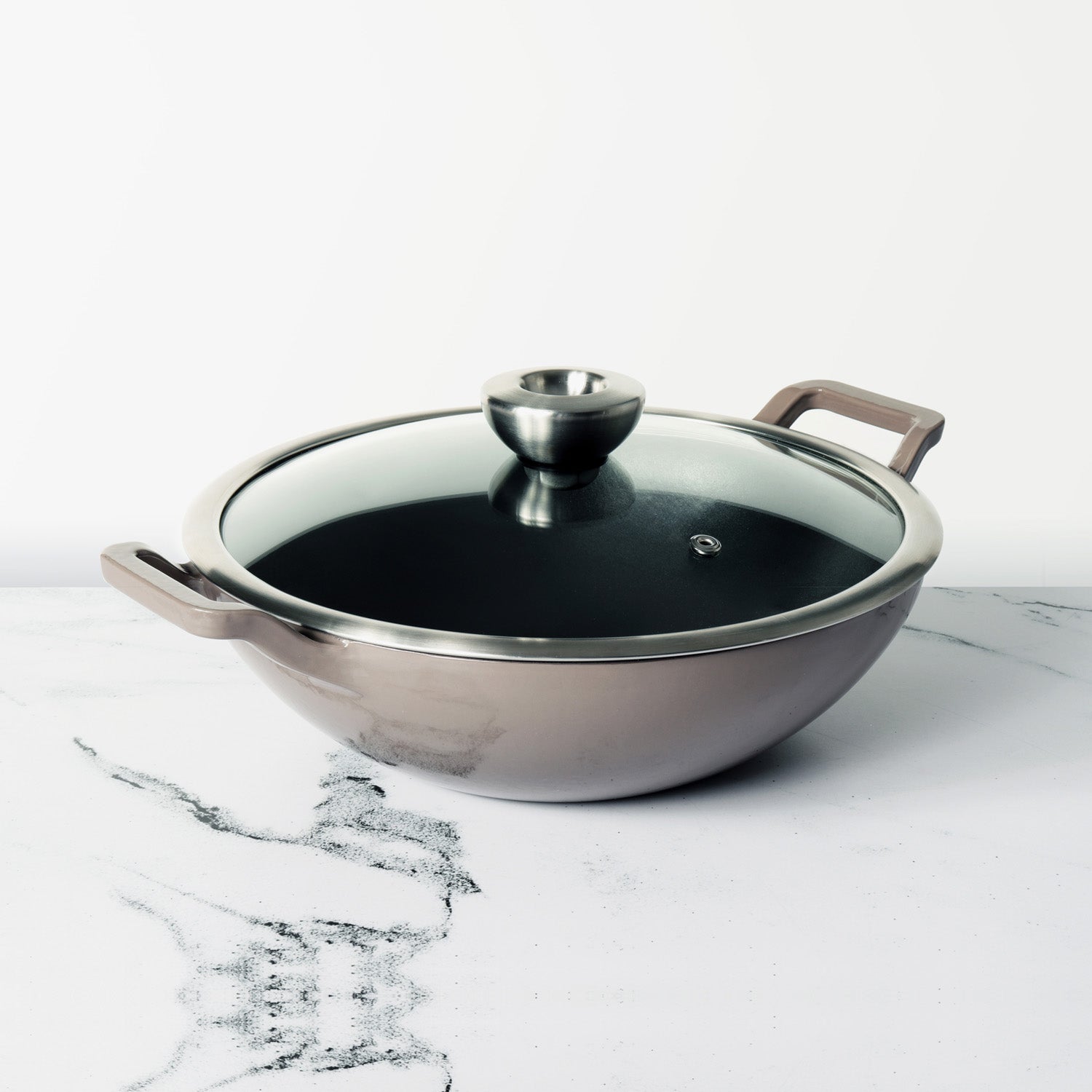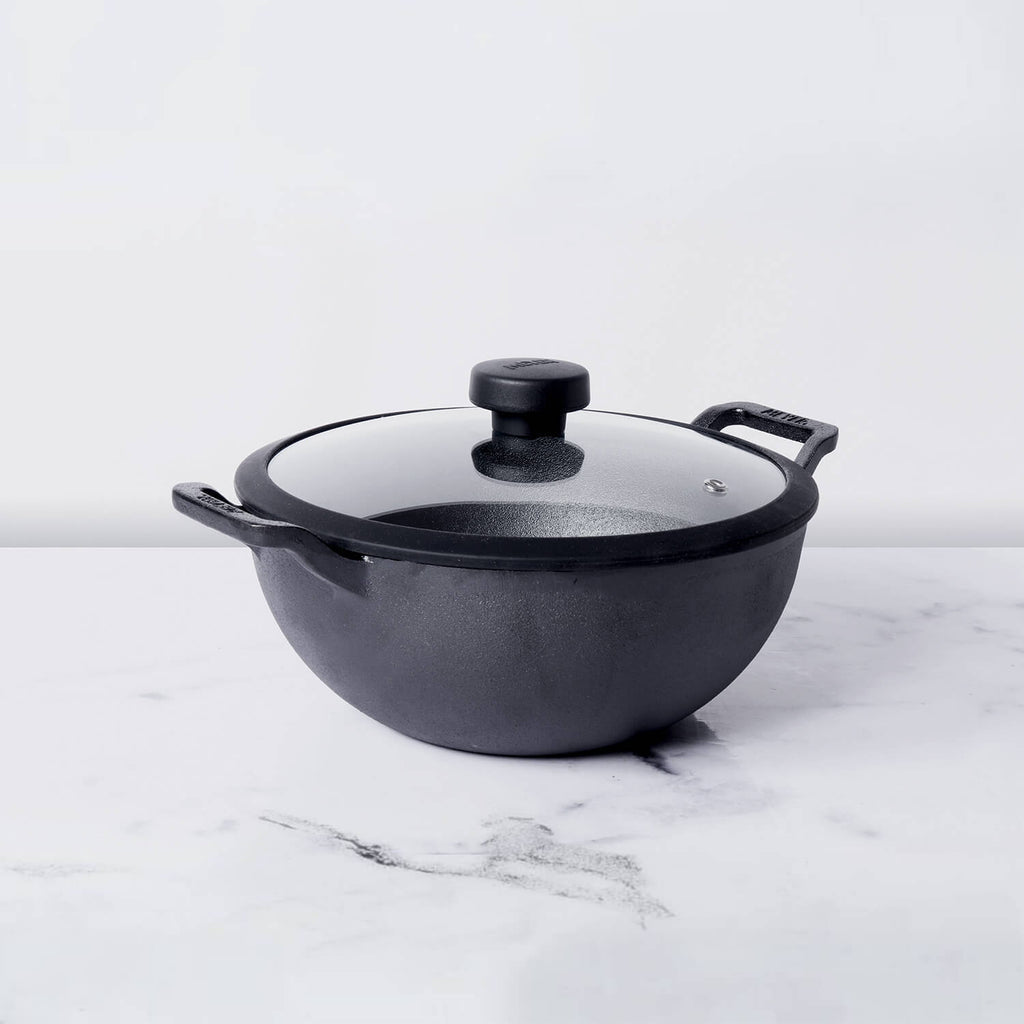Marjoram is a kind of herb. Small, oval-shaped leaves and white or pink flowers make up this plant. It is used to add flavour to food and tastes a little bit sweet. It is also used to treat a number of different health problems with medicine. The small groups of fuzzy green leaves look a little like knots. In fact, "knotted marjoram" is one name for it.
There are 40 species in the genus Origanum, but only one of them is a true marjoram. The other ones are called oregano.
Table of Contents
What is Marjoram?
Marjoram, also called "sweet marjoram," is a perennial plant in the mint family (Lamiaceae) that is grown as a herb for cooking. Its leaves and flowering tops, which can be used fresh or dried, give food a warm, fragrant, slightly sharp, and bitter taste. Marjoram is very popular because it gives sausages, meats, poultry, stuffings, fish, stews, eggs, vegetables, and salads a great flavour. Marjoram is a plant that is native to the Mediterranean and western Asia. It is also grown as an annual in northern climates where the cold winters kill the plant.
Marjoram is a bushy plant that grows from 30 to 60 cm (1 to 2 feet) tall. The square stems with branches are covered with a lot of hairy ovate leaves that are arranged in pairs on opposite sides. The pale, two-lipped flowers aren't very showy, and they grow in small clusters that look like spikes. About 2% of marjoram is made up of essential oil, which is mostly made up of terpinene and terpineol.
Early use of Marjoram:
Some ancient cultures saw the herb, which is from the Mediterranean and parts of Asia and Africa, as a sign of happiness. In Greek myth, the goddess of love, Aphrodite, grew marjoram.
Taste of Marjoram:
Marjoram has a taste that is both earthy and woodsy, with hints of pine balsam and citrus. The taste is like oregano and thyme. It is warm, sharp, and bitter.
Dried Vs Fresh Marjoram:
Marjoram can be used either as fresh leaves or as dried leaves that have been crushed. Most of the time, fresh marjoram is added at the end of cooking to keep its taste. Use fresh marjoram in herb sachets or sprinkle it on top of a finished dish. Dried marjoram is better for herb blends and marinades.
Marjoram substitute:
Oregano: Whether it's fresh or dried, oregano is always the best substitute for marjoram. But marjoram is a little sweeter and less strong than oregano, so you'll need to change your recipe accordingly.
Thyme: Both thyme and marjoram are in the same family, so it makes sense that they have some flavours in common. Use thyme if you don't have any oregano.
Basil: Basil is related to mint, so it could work in a pinch. But people with good taste will be able to tell the difference right away.
Difference between Oregano and Marjoram:
If you are cooking with marjoram or oregano, it is important to know how they are different. Marjoram has a milder flavour and oregano can be too strong for some dishes. The leaves of marjoram look like flat blades of grass, while the leaves of oregano are more pointed. Marjoram is sometimes called "sweet marjoram," and "wild marjoram" is sometimes used to describe oregano.
Health benefits of Marjoram:
Lowers Blood Sugar: This herb is one of many wonderful ones that help lower blood sugar. It stops a group of compounds called Advanced Glycation End from forming. These compounds cause many of the problems that diabetics have to deal with.
Aids in digestion: Marjoram tea makes more digestive enzymes in the digestive tract, which helps the digestive system. This makes digestion go faster. This tea can also help with constipation if you drink it.
Protects against common diseases: Its tea can also help with food poisoning. The herb also helps fight illnesses like colds, fevers, headaches, etc. by killing bacteria and viruses.
It's good for your heart: Marjoram helps the heart and blood vessels work better. It is good for blood flow and helps lower blood pressure, which lowers the risk of high blood pressure. It also keeps arteries from getting hard by stopping cholesterol from building up in blood vessels.
Good for heart health: Toxins are removed from the body because marjoram oil is a diaphoretic, which means it makes you sweat. This is good for your health because it gets rid of harmful toxins and too much sodium. The oil is also a diuretic, which means that it makes the body make more urine. This helps get rid of uric acid, lower blood pressure, clean the kidneys, and lower the body's fat content.
Helps deal with stress and anxiety: Marjoram oil is often used in aromatherapy because it calms the body. You can also rub it on your feet or body or breathe it in. It can also help you sleep better and deal with things like stress and anxiety.











Leave a comment